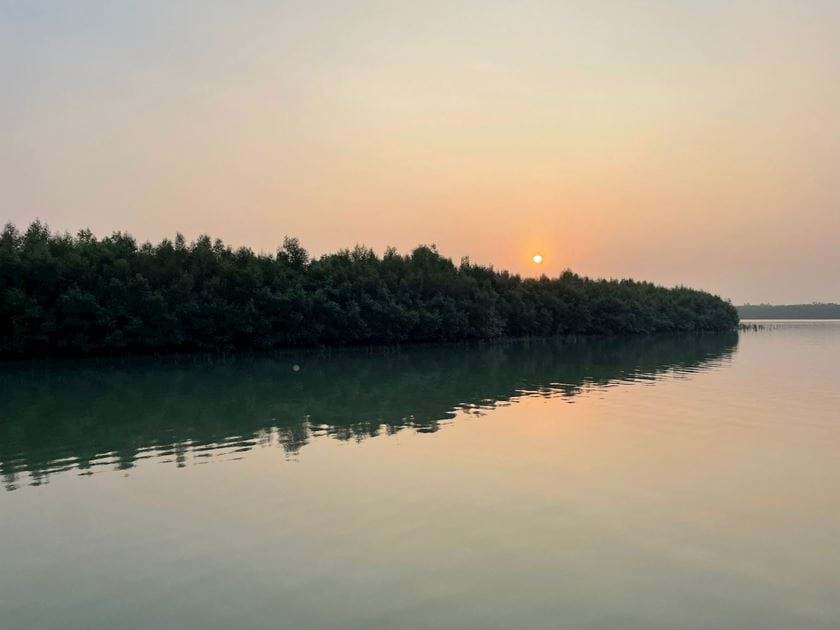Biodiversity conservation for climate action: A new partnership with Living Carbon International
According to the United Nations, the issues of biodiversity loss and climate change must be tackled together to advance our Sustainable Development Goals and secure a viable future for our home planet.
In our exploration of the convergence of climate change and conservation, we are delighted to announce our partnership with Living Carbon International (LCI), an organisation working towards lowering global carbon emissions.
Together, we will work to conserve the richly diverse landscape of the Sundarbans to lower carbon emissions for people and wildlife!
Protecting mangroves is a Nature-based Solution for climate change
A UNESCO World Heritage Site and the world’s largest mangrove forest, the Sundarbans is home to species of mammals, birds, and fish, even serving as a nursery for baby fish (called ‘fry’) and threatened species like Bengal tiger, Ganges River dolphins, and the Irrawaddy dolphins.
Around three million people share the landscape with wildlife and depend on it just as much for their lives and livelihoods.
Forests, wetlands, and other landscapes can store or ‘sequester’ carbon in the soil and the biomass of plants and trees. This prevents carbon from entering the atmosphere and accelerating the greenhouse effect, which causes a global rise in temperatures.
Mangrove forests like the ones in the Sundarbans tend to store a lot more carbon than traditional forests – as much as five times more than tropical forests – making them a valuable resource for climate action in addition to their importance to biodiversity. Conserving the soil and biomass of mangrove ecosystems is a straightforward Nature-based Solution (NbS) for climate change.

Protecting people, planet, and wildlife
We will work to protect endangered species, ensure a steady flow of income for communities living off ecosystem services in the landscape, and contribute towards global action for climate through:
- Regenerative agriculture, to protect the soil in the ecosystem,
- Woodland conservation, to ensure they remain healthy and sequester carbon,
- Clean energy, to reduce emissions from human activity without compromising development.
This project allows us the opportunity to study the carbon finance mechanism and its potential for supporting our goals of biodiversity conservation and enabling local communities to thrive, and we are excited to expand our efforts into another biodiversity hotspot!

For more updates on this and our other projects working to conserve biodiversity, sign up for our newsletter here!

